Real Life Incident: Death Due To Fatal Fall From Ladder During Hold Washing
A bulk carrier was underway. The vessel was in ballast and hold washing was scheduled in preparation for taking the next cargo. An officer, bosun, and another deck crew conducted a risk assessment for cargo hold washing operations, as required by the shipping company’s SMS.
The risk assessment was approved by the Master, and the officer conveyed the contents of the risk assessment to the other members of the washing team. The washing team completed the cleaning of holds one and two by the end of the first day without incident. The next day, washing of hold three was commenced.
A crew member standing on the first platform started climbing up the vertical ladder to reach the main deck. He slipped and fell to the bottom of the cargo hold, about 12 meters below. An emergency team was quickly mustered to help the victim, who was conscious but complained of severe abdominal pain and difficulty breathing.
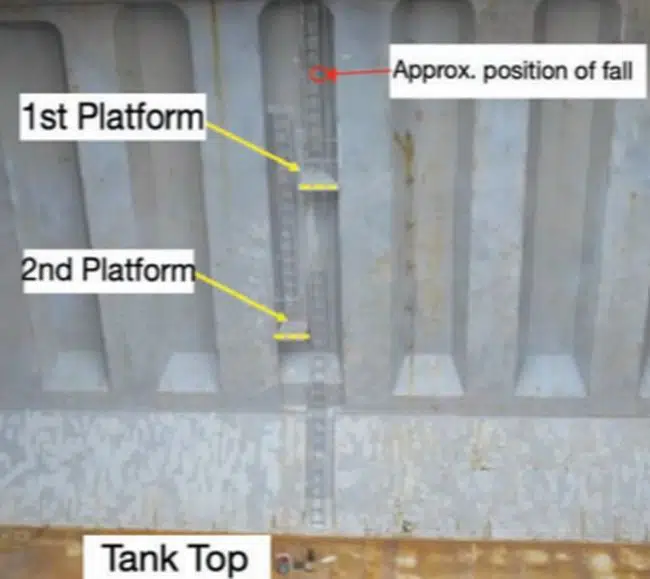
The victim was evacuated from the cargo hold on a stretcher using the ship’s crane and transferred to the ship’s infirmary. He was placed under constant observation and his medical condition was monitored and recorded. About six hours later, all vital signs were absent and he was declared deceased. The investigation found that there was no securing arrangement to which to fasten a safety harness lifeline.
Because of this, it was common practice for the crew to climb up and down the ladder without securing the safety harness lifeline to any point and without any fall arresting device. A damp and wet cargo hold, wet gloves, and a ladder slippery with seawater from the wash were probably contributing factors to the fall. The risk assessment carried out for cargo hold washing operations did not identify the risk of falling from height during climbing up or down the vertical ladder.
Lessons learned
- As is often the case, hazards remain in plain sight but go unseen by the crew who have become desensitized to them. In this case, it was accepted practice to climb up and down the hold ladder, which was not fitted with a cage, without fall arrest or safety lines.
- Another indicator of this particular fall hazard going unseen by the crew: the hold washing risk assessment did not mention this risk.
Reference: nautinst.org
Do you have info to share with us ? Suggest a correction
About Author
Marine Insight News Network is a premier source for up-to-date, comprehensive, and insightful coverage of the maritime industry. Dedicated to offering the latest news, trends, and analyses in shipping, marine technology, regulations, and global maritime affairs, Marine Insight News Network prides itself on delivering accurate, engaging, and relevant information.

About Author
Marine Insight News Network is a premier source for up-to-date, comprehensive, and insightful coverage of the maritime industry. Dedicated to offering the latest news, trends, and analyses in shipping, marine technology, regulations, and global maritime affairs, Marine Insight News Network prides itself on delivering accurate, engaging, and relevant information.
- Real Life Incident: Vessel Collision in Good Visibility
- Real Life Incident: Severe Injury To Deck Crew While Leaving Berth
- Real Life Incident: Departure Damage in Very Restricted Waterway
- Real Life Incident: Low Situational Awareness Has High Impact Consequence
- Real Life Incident: Fouled Anchor in a Designated Anchorage
- Real Life Incident: Fire On Barge Carrying Scrap Metal Causes $7 Million Worth Of Damage
Latest Case studies Articles You Would Like:
Subscribe To Our Newsletters
By subscribing, you agree to our Privacy Policy and may receive occasional deal communications; you can unsubscribe anytime.






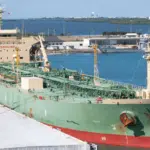
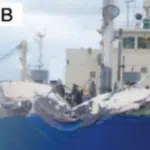



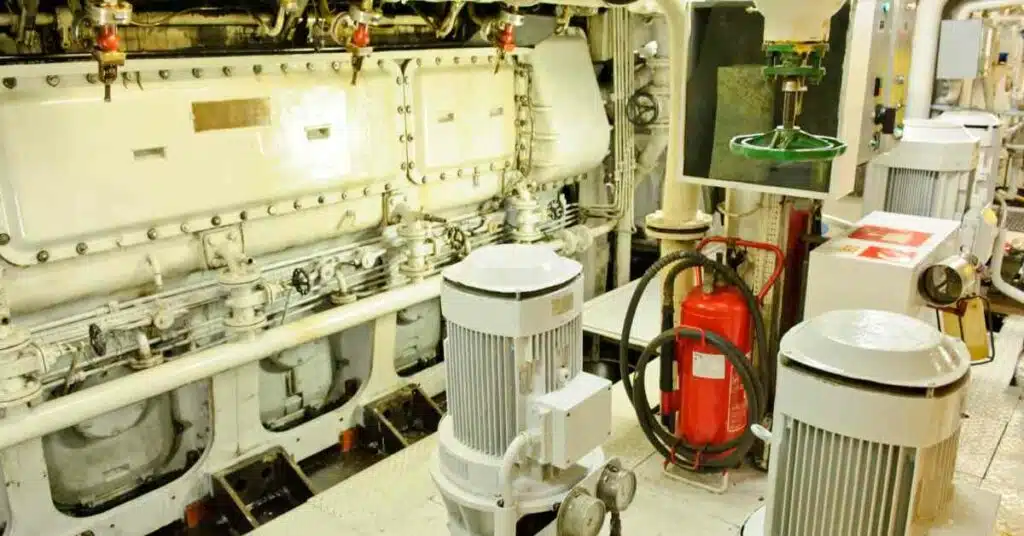
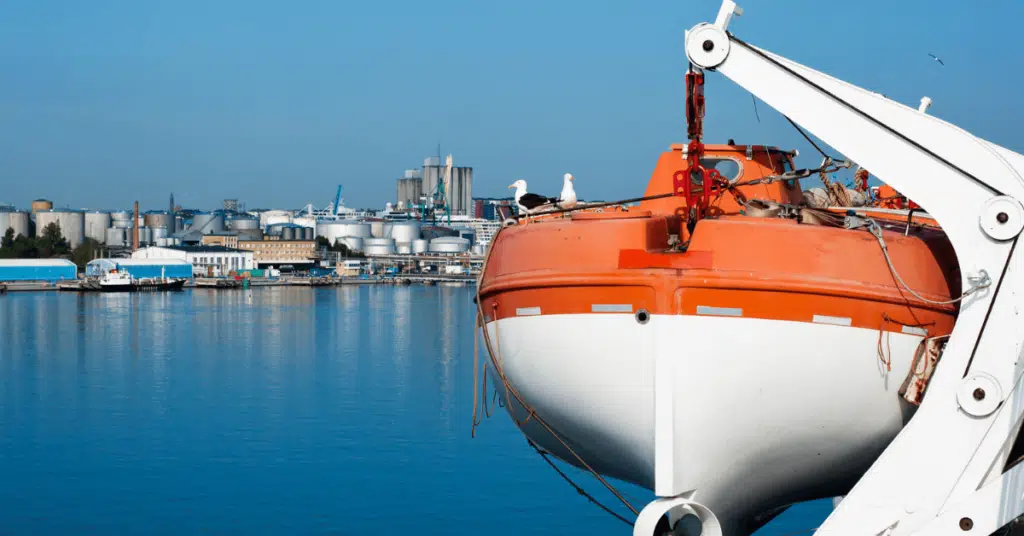
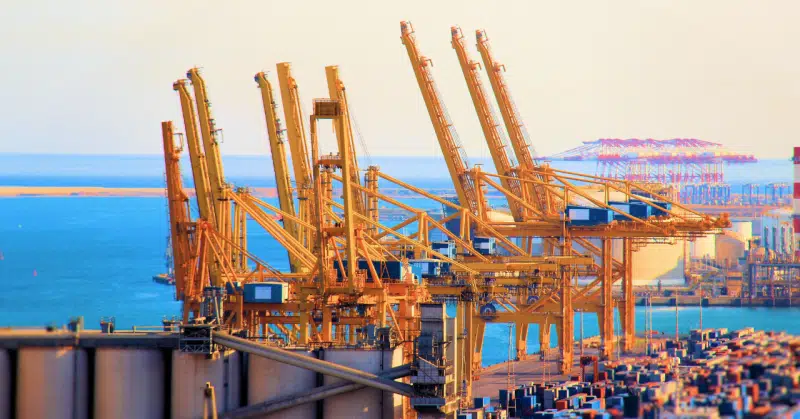
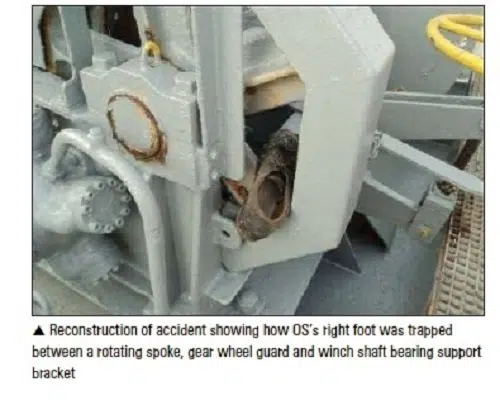
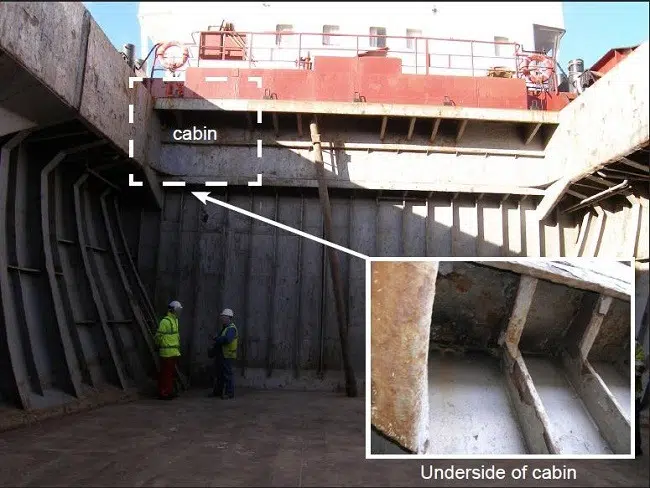
Very Unfortunate. Main reason looks to be Cleaning operations were under while Ship was underway. Master should examine Sea state condition, Wind and other Stability parameter for safe Human working conditions. Also why not Ship’s crane was used for crew transfer……
Lesson: LADDER MUST NOT BE USED IN HOLD CLEANING OPERATIONS.
@Nilehs: True, it is important not only to check the inside condition of the hold but also the sea state before performing the job.